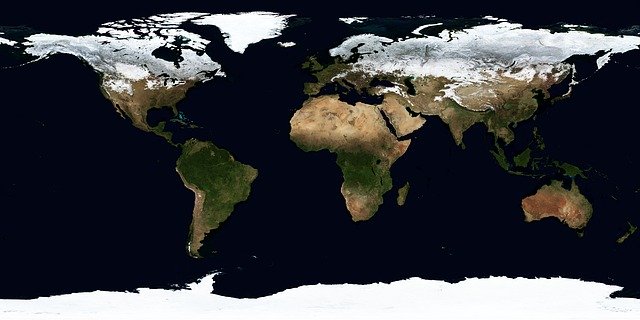
Climate and Energy choices shape tomorrow’s shorelines
Climate Central’s scientists examined where populations are most vulnerable within the next 200 to 2000 years and under different scenarios of warming. The results are alarming: The high tide line could encroach above land occupied by roughly 10% of the current global population (over 800 million people) after 3°C of warming (5.4°F).
Many small island nations are threatened with near-total loss.
Parts of Asia face the greatest overall exposure, both this century and later. Asian countries make up eight of the top ten most at-risk large nations (with at least 600 million people exposed at 3°C).
In China, after 3°C of warming, roughly 43 million people now live on land expected to be below high tide levels at the end of this century, and 200 million on land at risk over the longer term.
China, India, Vietnam, and Indonesia are all in the top five countries most at risk from long-term rise—countries that have added the most new coal-burning capacity from 2015-2019.
Threats are global but concentrated in Asia, where megacity futures hang in the balance, and four of the top five global nations building the most new coal capacity are also the most endangered. In absolute terms, China has the most to gain from limiting warming, with roughly 50 million people on land that multi-century sea level rise threatens after 3°C warming, but which is not threatened if warming is limited to 1.5°C.
Information Source: Read More
Oilandgaspress.com | Energy, Climate, Renewable, Wind, Biomass, Sustainability, Oil Price, LPG, Solar

